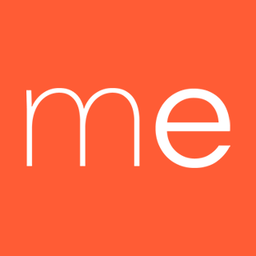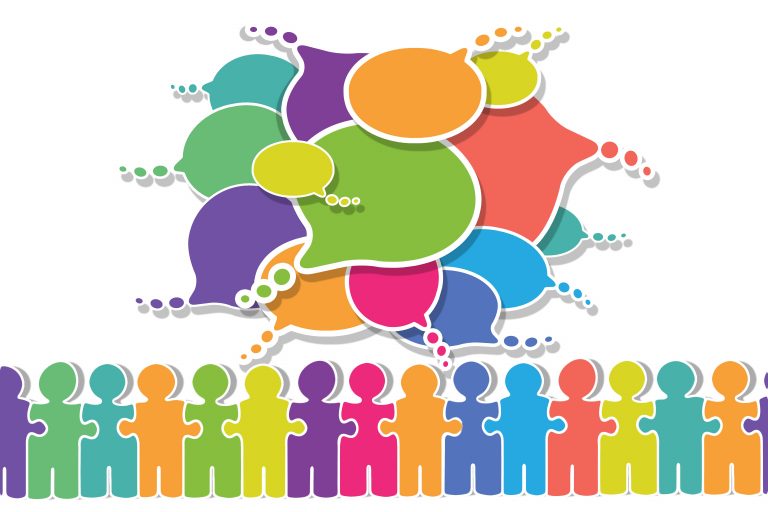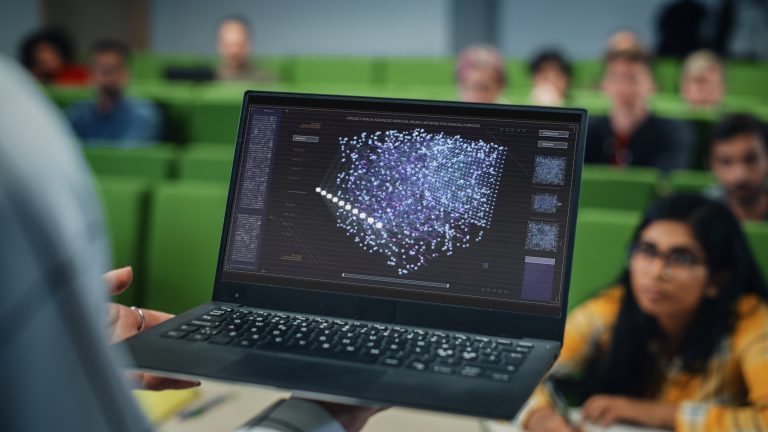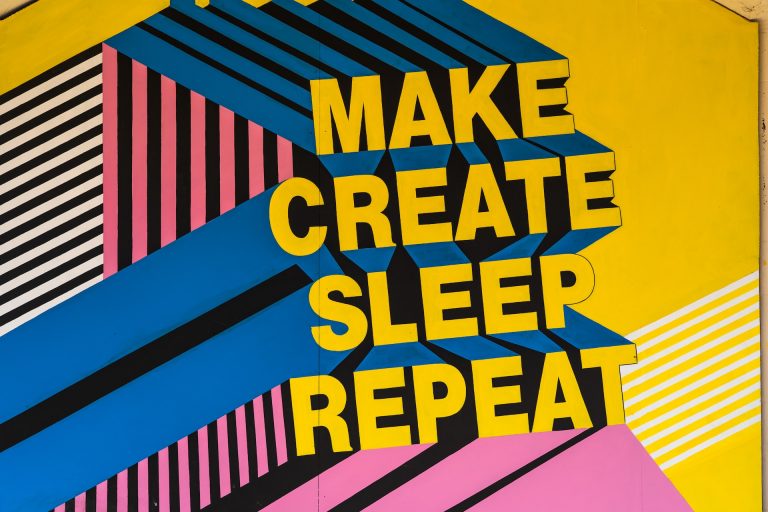Three Trends in EdTech: 2024
The latest word in education technology is ChatGPT—and discussions about potential uses, cheating detection, and new features abound. However, the future of EdTech is more than just AI. The future includes neurodidactics, extended reality (XR), and micro-credentials.
Neurodidactics
The first question you probably have is, “What is neurodidactics?” According to Iberdola, neurodidactics is “the set of scientific disciplines that study the nervous system to better understand the mechanisms that regulate the control of nerve reactions and brain behaviour.” This methodology seeks to take what we know from neuroscience about the brain and use that information to better understand how students learn and how to better teach them. Neuroscience helps us understand what motivates the brain to learn, how it retains information, and how we can engage all the senses in the learning process. Now instructors have new insights into how to reach students and increase the efficacy of their teaching.
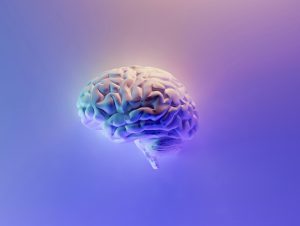
Extended Reality (XR)
Extended reality is an umbrella term that encompasses virtual reality, augmented reality, and other similar technologies that effect our perception of and interactions with reality. One reason that XR technology use in the classroom is on the rise (particularly in K–12) is that it is becoming less expensive. In addition, XR can be used to save money on other equipment. For example, Labster is an immersive virtual lab that students can use to perform experiments and run tests—saving money on actual experiments and lab equipment. Google Expeditions allows students to take virtual field trips to places otherwise out of reach, such as the Great Barrier Reef, the Great Wall of China, and even Mars. Outside of traditional education, Interplay Learning uses VR to teach in-demand job skills, like HVAC repair. With these technologies, learners can have access to scenarios, places, and opportunities that would otherwise be limited by price, distance, or accessibility.
Micro-credentials
A traditional four-year university education isn’t for everyone. Some people need to learn skills quickly and start working. Others need to upgrade skills and don’t have time to get another degree. Enter micro-credentials. These are short courses that focus on specific skills or topics. After completion, a person can take the credential and show an employer (or potential employer) that they have received training in a certain skill (such as data-mining, database management, or statistics). The certification can be used to leverage a person into a promotion or new position.
Right now the biggest issue surrounding micro-credentials is that employers are unable to easily verify the standards and effectiveness of the credential. So when choosing a micro-credential program, search for courses offered by reputable sources (like LinkedIn Learning) and then talk with your employer to verify that they will recognize it. If an employer cannot trust that the micro-credential program provides quality instruction that is applicable to the position then the credential itself is meaningless.

Ultimately, technology is always changing, and there will always be those searching to apply the latest advancements in technology to education. Students today are different from previous generations of students. They have a staggering amount of information and technology available to them and they are used to consuming that information in small bites So whether or not you choose to use one of these emerging trends in EdTech or something else, keep on the lookout for change!
Source
Iberdrola. (n.d.). What is neurodidactics: Neurodidactics: The science that could change education. Retrieved March 14, 2024, from https://www.iberdrola.com/talent/what-is-neuroeducation
